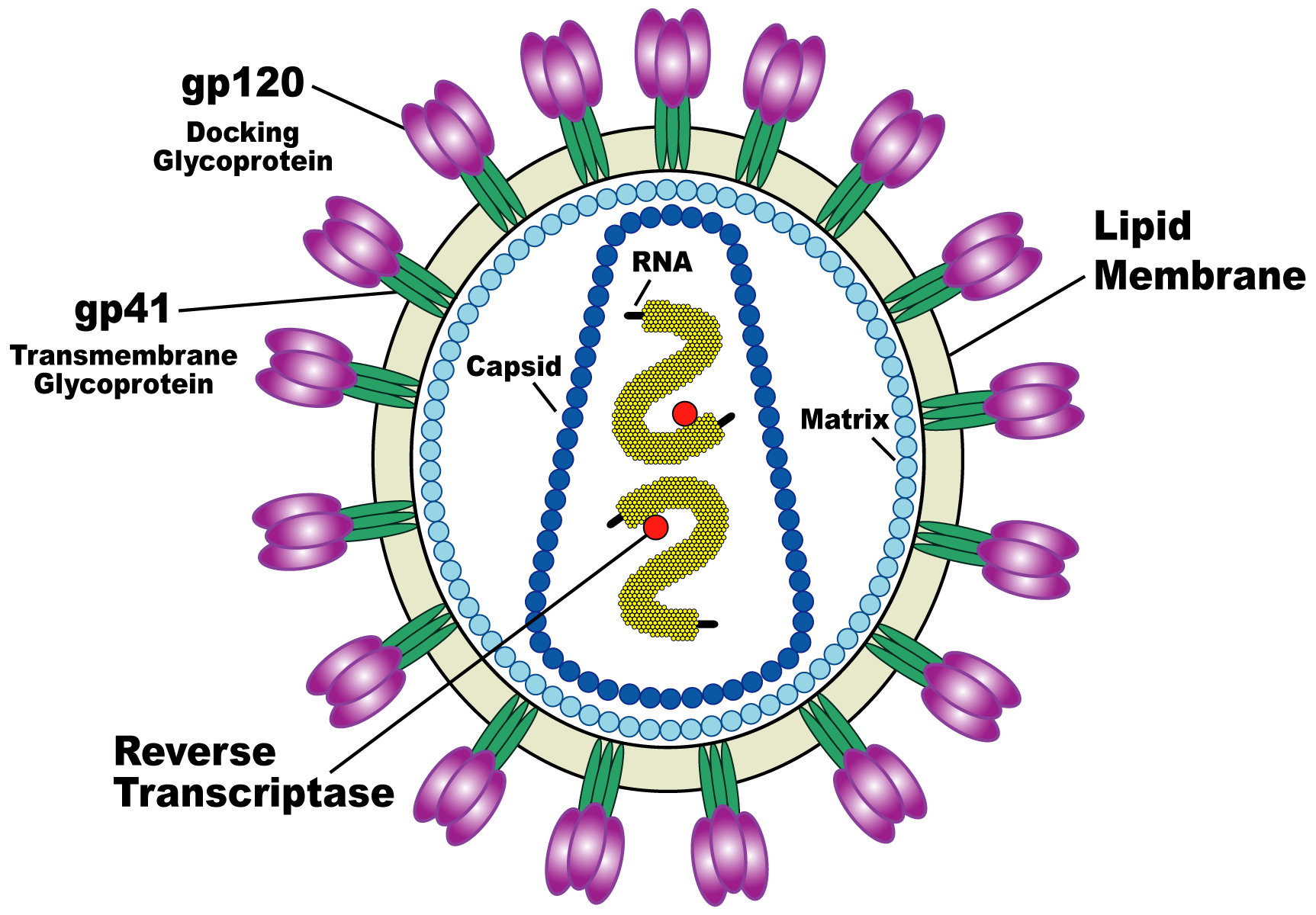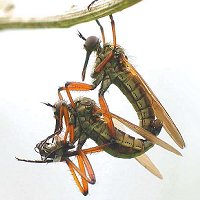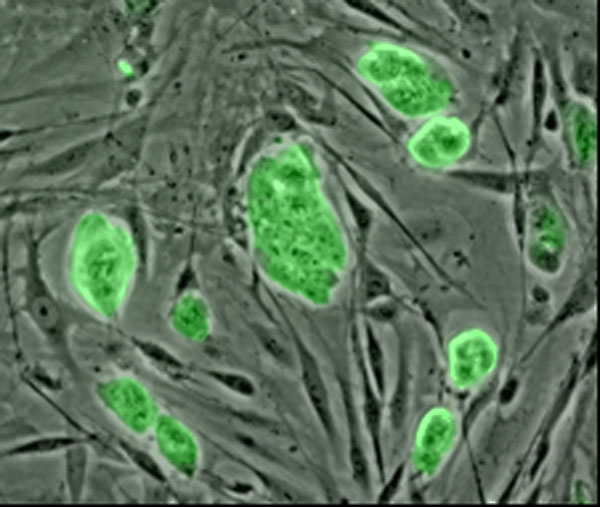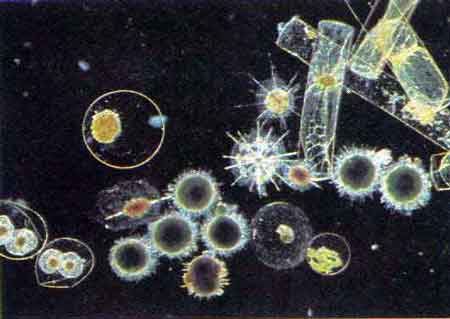As children, we grow up with the notion that vitamins provide the key to thriving bodies. Without the proper vitamins, we wouldn’t grow up to be “big and strong,” and would instead be weak and useless versions of ourselves. Carrying this need for vitamins into adulthood, we can now buy vitamins in bulk, and consume them in pill form whenever we need to. It seems that every other week, we are told another miracle that is carried out by vitamins. Vitamin C will stave off colds; vitamin E will help prevent Alzheimer’s, and Vitamin D will treat cancer.
Stem cells are today’s panacea. They are greater than penicillin and vaccines combined, or so we hear. Research scientists have been touting the benefits and limitless medical possibilities of stem cells, and we have yet to see the real applications. After what seems like decades of waiting, embryonic stem cell research is finally ready for human testing.
New information has shed light upon those mushrooms in your dinner, proving that they may add more to your health than just nutrition.
Cocaine is one of the most abused illicit substances in the United States. According to the National Institute on Drug Abuse (NIDA), there are 35.3 million people in the US age 12 or older that have used cocaine and there were 977,000 new users of cocaine in 2006.
Today the world faces countless obstacles and afflictions; AIDS, cancer, heart disease and Alzheimer’s are a few of the widespread conditions that significantly affect the global population. But what about less serious diseases? In the US, most of us can live without fear of contracting malaria or dying from the flu, but we are still plagued by chronic illnesses that earn less attention from the scientific, medical and public community because their “threat level” is low. Asthma is one of these illnesses, without a cure but still a prevalent problem both in the US and worldwide.
Effects of climate change and global warming, although currently shrouded in mystery may soon be more clearly explained thanks to a new microbial ecosystem model built by researchers at MIT.
The study is based on microscopic ‘planktonic’ marine organisms, so small that 500,000 of them could fit on the head of a pin. The MIT ecosystem, smaller than a stick of chewing gum, is the first ecosystem model to show how microscopic plankton live and collect food, serving as the base of the aquatic food chain. Their work, published in the January issue of American Naturalist, may lead to better understanding of these tiny marine organisms and their impact on global climate change.
 H1N1 Vaccine: Examining Benefits Vs. Risk For Individuals
H1N1 Vaccine: Examining Benefits Vs. Risk For Individuals HIV Halted By Plants
HIV Halted By Plants Genetic Fitness - Biological Bias, Not Societal, Explains Promiscuous Men And Chaste Women
Genetic Fitness - Biological Bias, Not Societal, Explains Promiscuous Men And Chaste Women HIV Vaccine From Gene Therapy?
HIV Vaccine From Gene Therapy?












